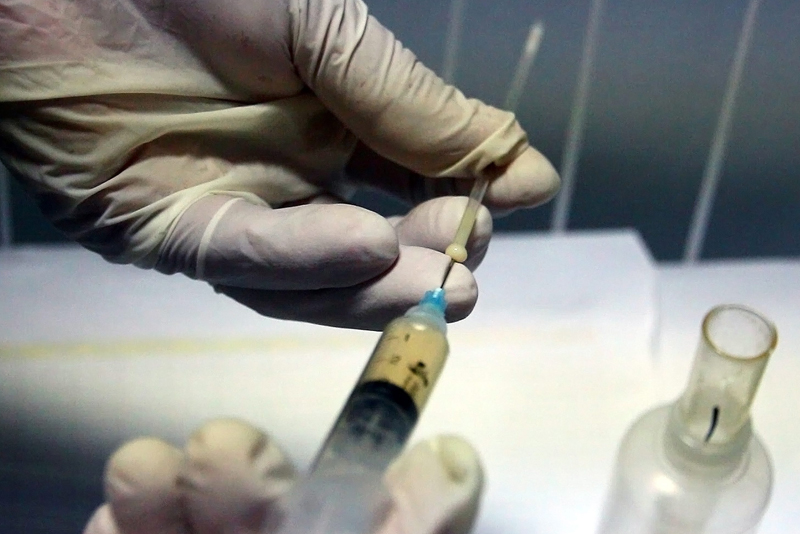Artificial insemination makes goat raising more profitable

MANILA, Philippines — Goat raising is a livestock-based enterprise that requires minimal investment but guarantees a return of investment in a short period of time. However, the lack of quality breeder stock and the high cost of breeding activities have resulted in the low rate of local goat production.
The price of goat is mainly determined by its genetic size and weight. When it reaches its marketable age, usually at eight months, a native goat, which may weigh 16 kilos, can fetch a price of P1,600.
An upgraded goat or a goat of good breed, usually weighing 30 kilos, can be sold at double the price.
If a farmer wants to improve the genes of his goats, he needs guaranteed goat breeders. Unfortunately, bucks frequently cost a lot more and are hard to find. But with artificial insemination (AI), the same benefit is within reach of entrepreneurs.
AI is one of the best technologies being used today as an alternative to natural breeding. It is used to fasttrack the dissemination of genetic materials from quality breeders to improve the blood composition of farm animals.
Although AI is more widely used for cattle and swine, it has promise for goat breeding.
AI is still not being adopted by the goat raisers due to unavailability of processed semen, lack of trained inseminators, and absence of a viable industry to support the commercialization of the technology.
To address these constraints, the Cagayan Valley Small Ruminants Research Center (CVSRRC) of the Isabela State University implemented a project in 2012 “Commercialization and Institutionalization of Artificial Insemination for Goats Delivery System in Cagayan Valley.”
Funded by the Bureau of Agricultural Research, this initiative is headed by Jonathan Nayga of CVSRRC with the goal of upgrading local stocks to make technology accessible to target clients.
The project aims to increase the production of processed goat semen intended for AI and to train more technicians who will facilitate the delivery of insemination services to intended clients.
Six years after, the project is now producing benefits not only to direct beneficiaries but the goat industry as a whole.
More than 240 backyard raisers in 21 municipalities of Cagayan Valley have already benefitted from this project in terms of improved stocks without even purchasing a breeder buck.
In AI, frozen semen from a buck is thawed and then inserted or deposited into the cervix of a doe in heat. If the necessary equipment is available, the use of frozen semen is much less expensive than paying a breeding fee.
The ISU-AI goat semen processing laboratory is selling frozen semen of Boer, Anglo-Nubian, and Toggenburg breeds to private raisers and commercial farms. Much of these genetic materials have already reached parts of Northern Luzon and even Central Visayas.
Important components of the project are capacity-building activities for AI service providers in the form of training and implementation of a technology orientation program. They were also provided with start-up kits for insemination.
A total of 67 AI service providers in Cagayan Valley underwent training on AI and conducted 1,211 inseminations.
The technicians are continuously providing insemination services to qualified does. Provision of AI services has become an additional source of income for them. It also provides the means to sustain the upgrading of stocks for the production of quality slaughter goats in the region.
With this development, increase in goat population can be attained through AI provided that the goat raisers’ management follows protocols and standards on proper feeding and health management.
The stored frozen semen is sold to raisers and technicians outside the region who are conducting AI. Each semen straw is sold at P300.
- Latest
























